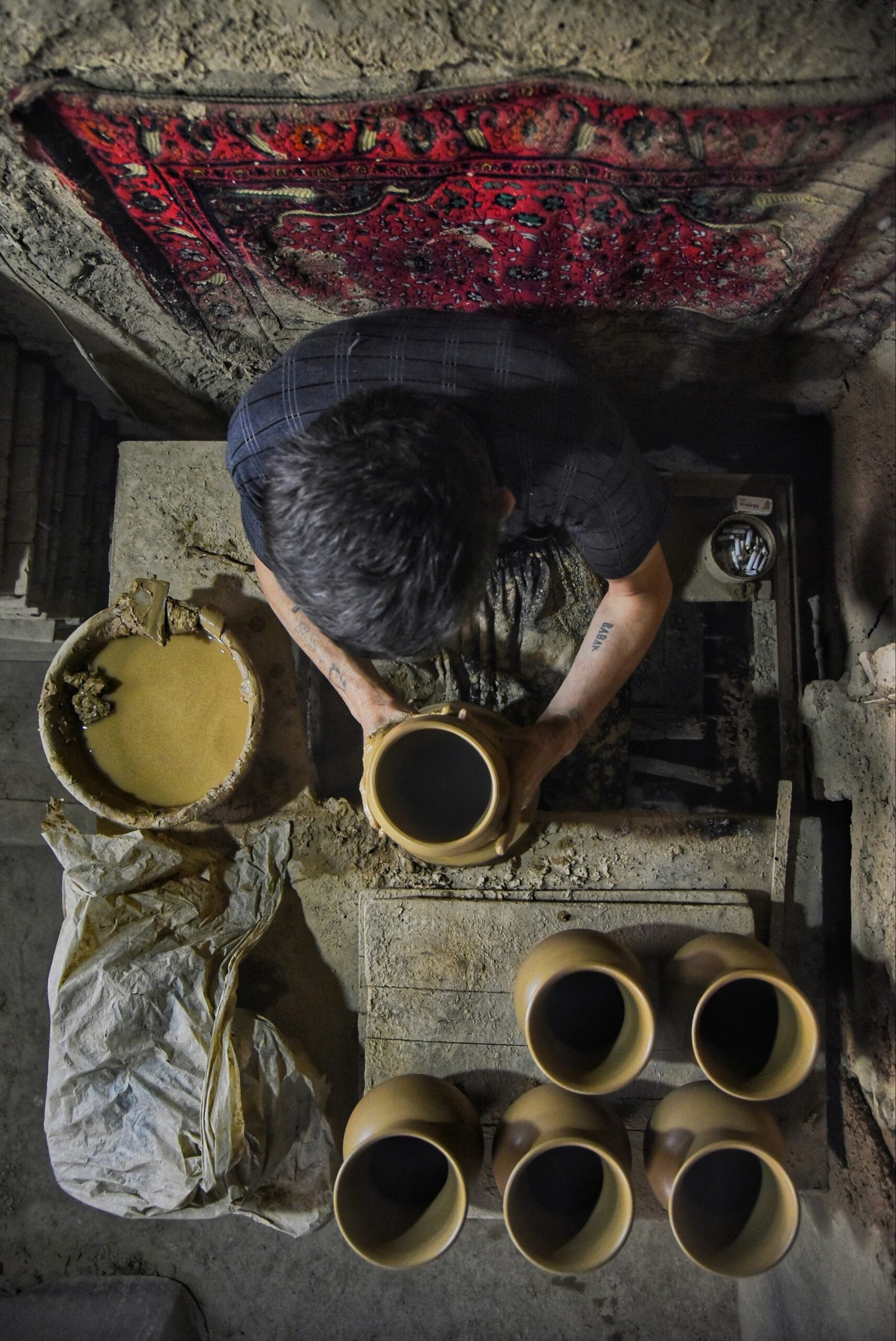Exploring the Elegance of Iranian Carpets: A Symbol of Ultra Premium Quality
Introduction to Iranian Carpets Iranian carpets, often referred to as Persian carpets, are globally celebrated for their exquisite craftsmanship, intricate designs, and unparalleled quality. The art of carpet weaving in Iran dates back over 2,500 years, making it one of the most ancient and revered traditions in the world. These carpets are not merely decorative items but profound cultural artifacts that tell the story of Iran’s rich heritage and artistic evolution. Historically, Iranian carpets have been a symbol of opulence and sophistication, gracing the floors of palaces and homes of the elite. The intricate patterns and vibrant colors are the results of meticulous hand-weaving techniques passed down through generations. Each region in Iran boasts its unique style, characterized by specific motifs and weaving methods, making every carpet a distinctive masterpiece. The cultural significance of these carpets extends beyond their aesthetic appeal. In Iranian society, carpet weaving is a traditional craft that has been integral to community life and economic sustenance. It is a skill honed over centuries, with weavers often starting their training at a young age. This craft is more than a profession; it is an expression of identity and a testament to the weaver’s dedication and artistry. Over the centuries, the designs and techniques of Iranian carpets have evolved, reflecting changes in artistic trends and societal influences. Despite these transformations, the essence of Iranian carpet weaving has remained steadfast, blending time-honored practices with contemporary innovations. This evolution has helped Iranian carpets maintain their status as symbols of ultra-premium quality in the global market. Today, Iranian carpets continue to be revered for their beauty and durability. They are cherished collectibles and often considered investment pieces due to their lasting value. The timeless allure of these carpets lies in their ability to seamlessly blend tradition with modernity, making them enduring symbols of cultural heritage and artistic excellence. The Craftsmanship Behind Iranian Carpets The creation of an Iranian carpet is a testament to the extraordinary craftsmanship that has been honed over centuries. At the heart of these masterpieces lies a meticulous process that begins with the careful selection of materials. High-quality wool, silk, and cotton are chosen for their durability and luxurious feel. These materials are then dyed using natural substances, a technique that ensures the colors remain vibrant and fade-resistant for generations. The dyeing process itself is an art form, involving the use of plant-based and mineral dyes. Traditional methods utilize ingredients such as indigo, madder root, and pomegranate skins, which are boiled to extract their rich hues. The fibers are then immersed in these natural dyes, a practice that not only preserves the environment but also imparts a unique depth and complexity to the colors. Once the materials are prepared, the weaving process begins. This is where the true artistry of Iranian carpets comes to life. Artisans, often working on looms that have been in their families for generations, employ various weaving techniques that have been perfected over time. The most common method, known as the Persian knot or Senneh knot, involves tying each individual knot by hand. This labor-intensive technique results in a denser, more durable carpet that can withstand the test of time. The patterns and designs of Iranian carpets are not merely decorative but hold cultural and symbolic significance. Each region of Iran has its own distinct style, often inspired by nature, historical events, and religious motifs. The skill and dedication required to weave these intricate patterns are immense, with some carpets taking years to complete. This level of craftsmanship ensures that each Iranian carpet is not just a piece of decor, but a work of art that embodies the rich heritage and tradition of its makers. In essence, the elegance of Iranian carpets is a reflection of the artisanal skill and unwavering dedication of the weavers. Through a harmonious blend of traditional techniques and high-quality materials, these carpets stand as enduring symbols of ultra-premium quality. Designs and Patterns: A Feast for the Eyes Iranian carpets are renowned worldwide for their intricate designs and patterns that capture the essence of a rich cultural heritage. Each carpet is a visual narrative, woven with motifs that tell stories of history, nature, and tradition. Common motifs in Iranian carpets include floral, geometric, and pictorial designs, each carrying symbolic meanings that add layers of depth to their beauty. Floral designs are perhaps the most ubiquitous, featuring elements such as the Shah Abbasi, a stylized lotus flower, which symbolizes purity and divine beauty. Other floral motifs include the boteh, a teardrop shape often associated with fertility and eternal life. These patterns are meticulously woven, creating a sense of movement and harmony that is both captivating and serene. Geometric patterns, on the other hand, are characterized by their precise, repetitive shapes, such as diamonds, hexagons, and stars. These designs often convey a sense of order and balance, reflecting the mathematical and architectural prowess of Persian artisans. Geometric patterns are especially prominent in carpets from regions like Tabriz and Heriz, where symmetry and precision are highly valued. Pictorial designs offer a more literal narrative, depicting scenes from nature, mythology, or daily life. These carpets feature intricate illustrations of animals, landscapes, and historical events, serving as both functional art and storytelling mediums. For example, a carpet might depict a hunting scene, symbolizing bravery and valor, or a garden, representing paradise and tranquility. The diversity in Iranian carpet designs also reflects the varied cultural influences across different regions. For instance, carpets from Isfahan are known for their delicate, curvilinear patterns and sophisticated color palettes, while those from Kerman often feature more elaborate, dense designs with a vibrant array of colors. This regional variation not only highlights the unique artistic expressions within Iran but also underscores the country’s rich cultural tapestry. In essence, the designs and patterns of Iranian carpets are a feast for the eyes, offering a blend of aesthetic beauty and profound symbolism. Whether through floral, geometric, or pictorial motifs, these carpets encapsulate the elegance and ultra-premium quality that define Iranian craftsmanship. Materials




